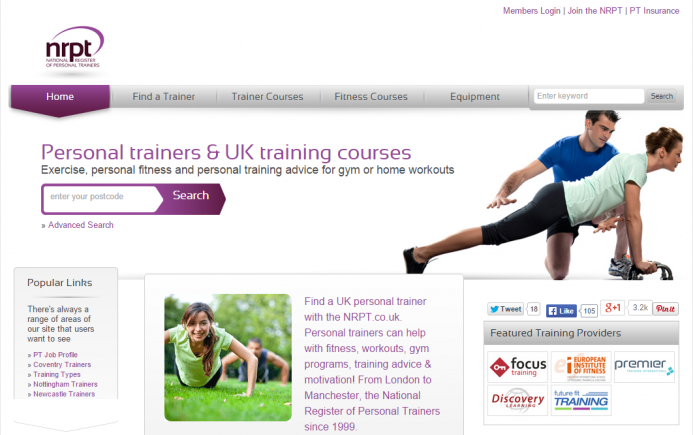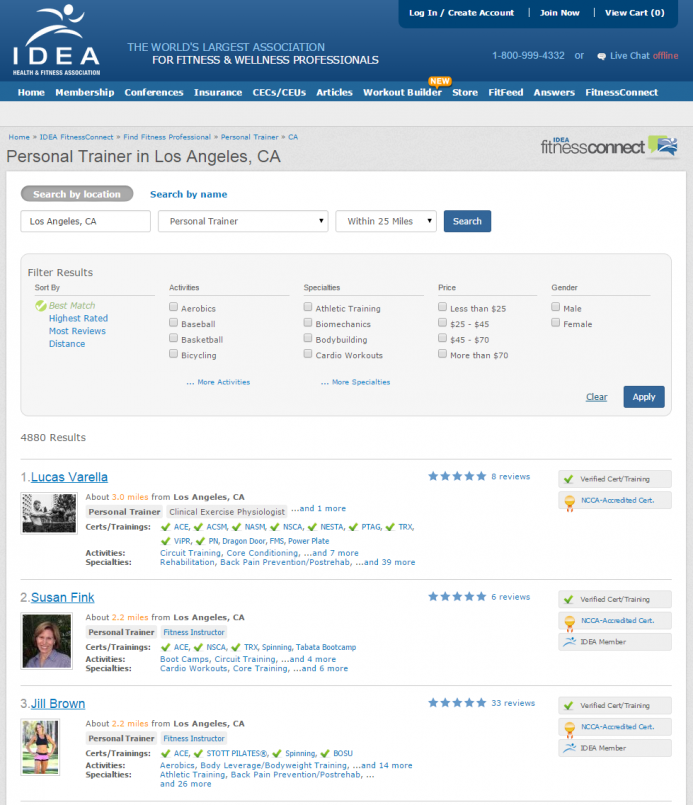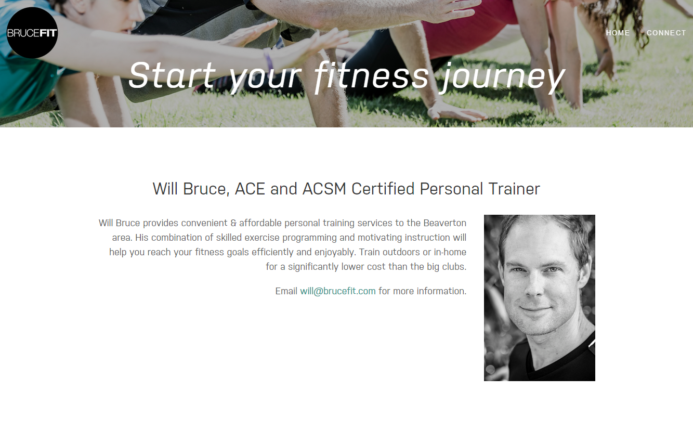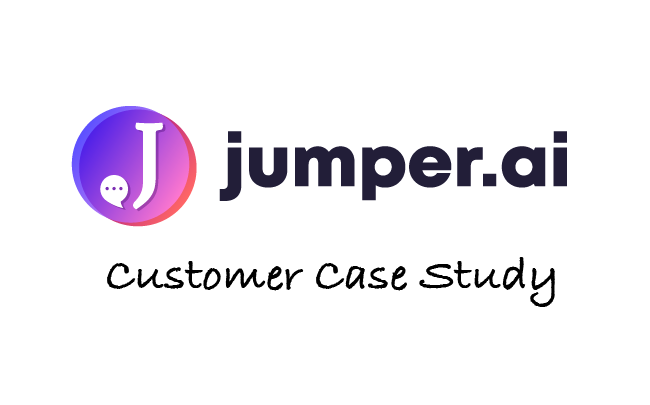Finally, your new business is about to kick off. Your website is live. All you need now are… the customers.
You could wait for them to find your website on Google, but that takes time, and time is money. You can try to attract them with ads, but that’s a pricy option when you’re a bootstrapped startup. You can also make use of one of the very few free things in business – emails – and directly reach out to the people who you’d like to be your clients.
That’s the option we went for when we were developing our first company that gave rise to Woodpecker. In this blog post, I’d like to tell you a story of how we found our first prospects’ email addresses.
Where did we start?
When we decided to pivot, the first thing on our to-do list was to find a place where we would acquire our new prospects and their email addresses. Obviously, the easiest way out would be hiring another company to build our prospect base for us. Unfortunately, that was not an option for a bootstrapping start-up at a very initial stage of development. We had to get our prospects’ email addresses on our own.
We had a clearly defined prospect persona we wanted to start with: an independent personal fitness trainer working with their clients one-on-one (defining the persona isn’t an easy task, too – we’re more than aware of that, but that’s a topic for another time).
The next step was to find a place gathering fitness professionals like those who we wanted to invite for interviews and testing of our software.
We were happy enough to find two such major health-and-fitness organizations’ portals, one in the UK (nrpt.co.uk) and one in the US (ideafit.com), plus a few minor portals for local personal trainers as well. But that was just a start.


Portals like those do not make the trainers’ email addresses available to the public. They do, however, provide links to the trainers’ websites. Bingo! Each website provides some contact information – most of the websites provide email addresses.
How we got the email addresses
And that’s where the laborious part began. I went through hundreds of websites one by one, looking for emails of the right people. Looking back now, I must admit two things:
First, and obvious – it took hours and hours (we were doing this at the time when prospect list building tools were not as numerous and popular as they are nowadays).
Second – it gave me hours and hours of experience with our prospects’ group and created opportunities to see who they are, understand their mindset, discover their priorities, and learn their language.
In the end, it was easier to write the email I wanted to send them. I could imagine exactly who I am reaching out to.

What if the email on the website isn’t the email to the right person?
Ok, so we were lucky because we managed to reach our prospects’ websites from a single place. Additionally, our prospects were usually single-person businesses – so when I sent my emails, I knew they were going to reach the right person in the company.
And what if you’re aiming at a group of prospects that is not gathered into a single place? What if you aim at people who work in greater companies?
Well, you still need to get to the company’s website and find the right person in there. As Iris Shoor points out in her great article, it is crucial to reach out to a specific person, not a company in general. “Hi there” cold emails do not get high response rates.
If you need the email address to the right person in a company (and it is not public) you might want to check out the article by Bryan Harris, who gives a step-by-step instruction on how to acquire the contact to the exact person you need.
What’s in it for you?
To make your emails really encouraging and effective, you need to get to know your prospects. You need to define your Ideal Customer Profile.
- Who are they as people?
- What do they care about the most?
- What are their greatest pains?
- What is the language they use as professionals (keywords)?
As soon as you know the answers to the questions above, you’ll know what to put in your email and you’ll know how to put it right.
If you’re at the point we were, you may check how this kind of prospecting works for your company. I realize it’s difficult to perform because it requires a lot of time, but in the end you will appreciate the effort just like I did.
If you’re at the point where you have the resources to order a ready-made base of your prospects’ contact details – that’s great, it saves lots of time. But before you get about writing your emails, check out some of your prospects.
Take a look at their websites, blogs, social media profiles or other places on the net. See who they are, what they care about, what they fear of, and how they speak. This will really help you find the right ideas and the words for the emails you’re going to use in your campaign.
See also:
How We Got Our First 10 Customer Interviews with Cold Email >>
25 Tools & Services for Outbound Prospect List Building >>
How to Build a Quality Prospect Base for Outbound: 5-Step Tutorial >>
READ ALSO

What’s The First Step to Outbound Prospecting?
Good email copy is important. In 2015, I wrote over 40 posts on various aspects of good cold email copy. But even with the best copy but no people to send it to -- we're stuck. So except for good copy, we need a list of contacts for our outbound prospecting. Outbound prospecting isn't easy. Building a prospect list is hard. It requires lots of time and effort. And with respect to your time and effort, there's one thing you need to do before you roll up your sleeves and start collecting contacts. Actually, it's a question you need to answer to yourself. Here's the question and how to find the answer.

What Can You Use Cold Emails for in a SaaS Company, besides Outbound Lead Generation?
What’s the first thing that comes to our mind when we think of cold emails in a start-up? Prospecting. Lead generation. Finding new customers potentially interested in our product or service. Fair enough. That’s probably the core application of B2B cold emails right now. But we can do more than that. So, what else can you use cold emails for in your SaaS company?

How SaaS for E-commerce Can Generate Leads Through Email: Jumper.ai
Positive feedback from a satisfied customer is always a huge motivator that gives us wings. Recently we had a pleasure to interview Jumper.ai team who shared their experience with Woodpecker and told us a few words about how it helped them reach new customers. Read the full story below.

